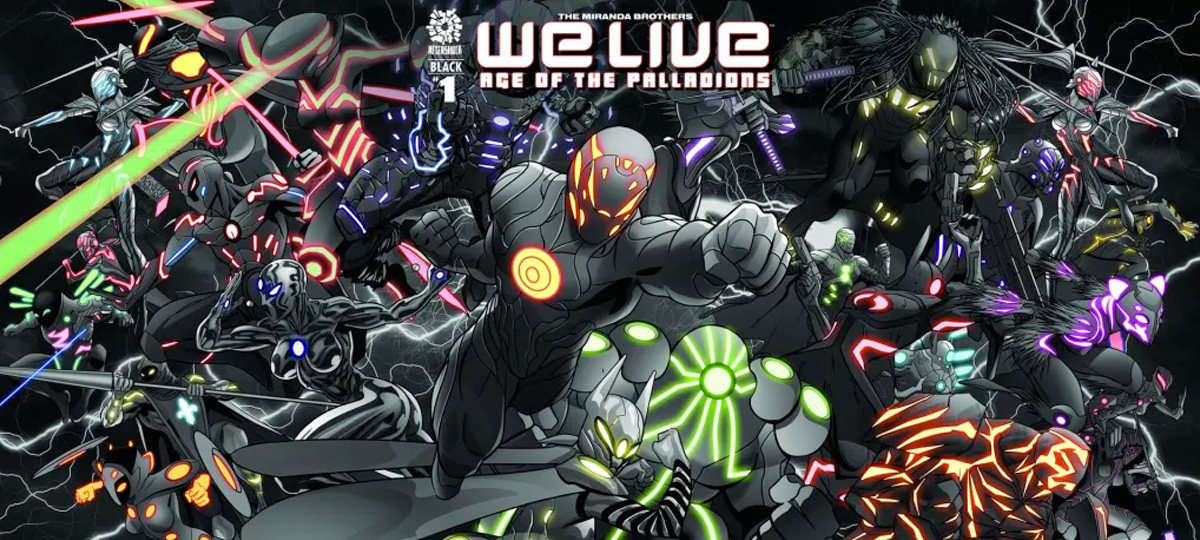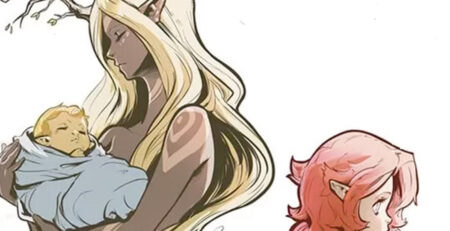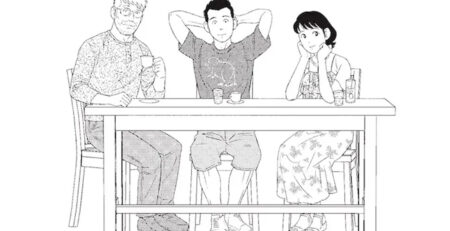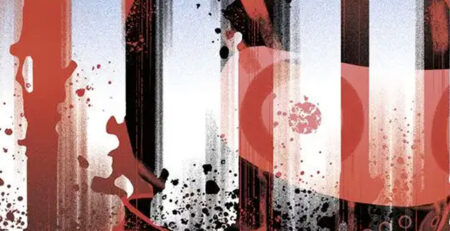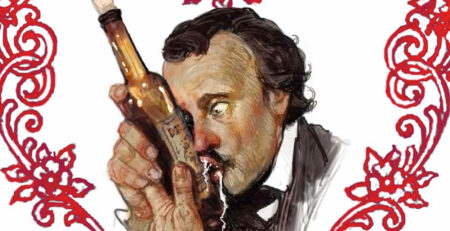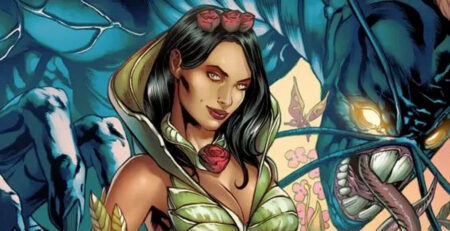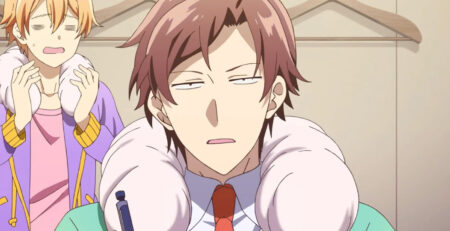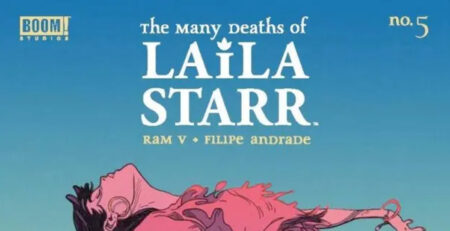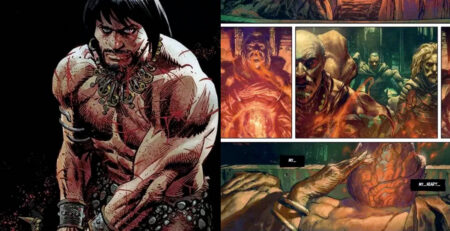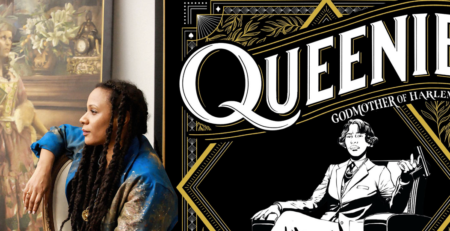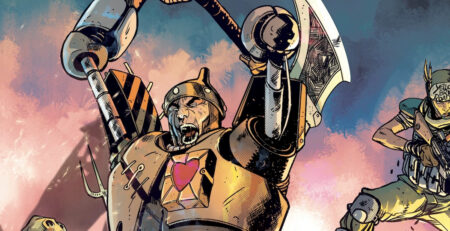We Live: Age of The Palladions – Black #1
The first volume of We Live is an absolute masterpiece. The heart-wrenching story of a brother and sister’s arduous journey to leave the planet was deeply moving, leaving me in tears. Issue after issue, I found myself overcome with emotions as these two endearing children faced seemingly insurmountable obstacles. And then, the finale blindsided me with a mind-bending twist of epic proportions. Coupled with the stunning artwork, this series became an absolute must-read. Needless to say, I was thrilled to dive into We Live: Age of The Palladions – Black #1, the second volume and one half of this week’s debut issues, alongside “White.” I am delighted to report that both are solid debuts, and the heartfelt essence of the series remains intact.
Inaki Miranda and Roy Miranda return to continue the adventure, which transitions from a tale of survival during a perilous journey to a tale of survival itself. Now, the Palladions represent humanity’s last hope as the monstrous creatures have evolved and laid siege to various protected cities shielded by energy barriers. However, the persistent issue of frequent energy disruptions forces difficult decisions to be made.
We Live: Age of The Palladions – Black #1 can be described as Pacific Rim with an Ultraman twist. Instead of gigantic robots, we have superheroes battling colossal monsters. The familiar elements of a protected city, a fortified wall, and a military force are all present. Yet, the execution remains captivating. As the battles commence, one can almost hear the resonating guitar riffs from the Pacific Rim theme, harmonizing with the heroic actions of the Palladions.
However, what truly made the first volume exceptional was the presence of heart. I assure you, each issue hit like a gut punch. This new volume sustains that impact with an ominous yet deeply touching opening. One dreads what lies ahead, yet the love and affection shared between Tala and Hototo are astonishing. It’s the human side of a superhero narrative that continues to shine.
Inaki Miranda delivers the captivating artwork, with Eva De La Cruz providing vibrant colors and Dave Sharpe handling lettering duties. The art is nothing short of fantastic, as one would expect. The series retains its distinct touch, with Miranda’s style shifting seamlessly from the genre aesthetics of the previous volume to match the current storyline. The artwork possesses a certain flair, with colors that pop and lettering that adds an exclamation point to the emotional impact. It is truly remarkable art that feels both familiar and entirely unique at the same time.

